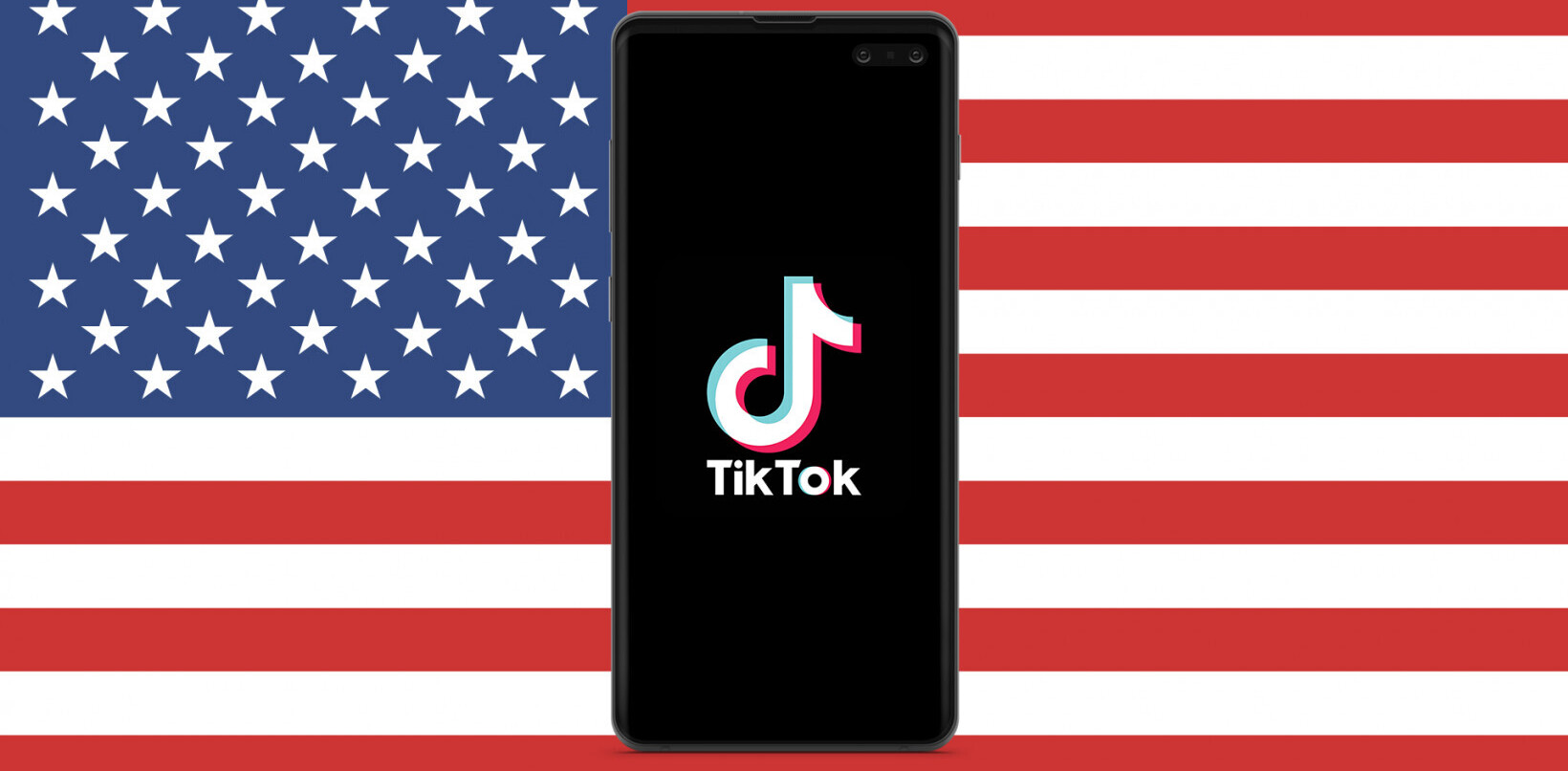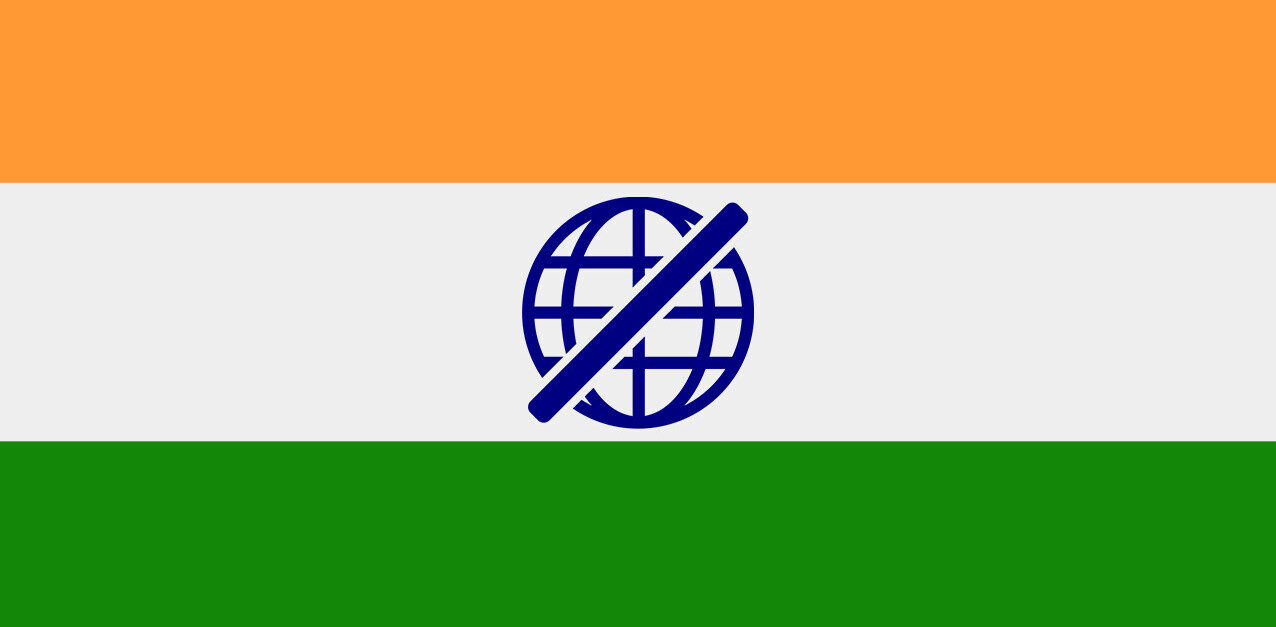
Smartphones may be the norm for consumers in the West, but that is very much not the case for the rest of the world, although shipment volumes and sales continue to grow strongly in emerging markets, such as Southeast Asia. Sales of smartphones in the region rose 78 percent year-on-year, according to new figures from GfK, but feature phones continued to dominate, accounting for 75 percent of the 118 million devices sold.
GfK’s data focuses on seven key markets — Singapore, Malaysia, Thailand, Indonesia, Vietnam, Cambodia and the Philippines — which together, between July 2011 and June 2012, sold a cumulative $13.7 billion worth of phones.
As is to be expected, though feature phones dominate sales across the region, smartphones are where the money is and they accounted for 61 percent of the overall value of the industry.
The rates of growth vary quite significantly across Southeast Asia. GfK’s Gerald Tan explains that smartphone adoption rate is “escalating at a rapid pace”, and that ranges from 42 to 326 percent annual increases from country to country.
Indonesia was recently reported to have experienced a significant change — as Android-based devices overtook BlackBerry phone shipments for the first time — and GfK notes that the country is “not surprisingly” Southeast Asia’s largest single market for smartphones: having sold 4.5 million devices.
However, while Indonesian smartphones sales rocketed by 56 percent over the last twelve months, feature phones accounted for 78 percent of all mobile sales in the country in the period. That’s primarily due to affordability but a lack of consumer awareness and a perceived ‘need’ for sophisticated phones may also be influences.
Smartphone sales grew the most in the Philippines (up 326 percent year-on-year) as the country’s share of Southeast Asia’s total sales rose to 24 percent, from 9 percent in 2011.
As for future growth potential, smartphone sales penetration remains very low in a number of markets — including Thailand (19 percent) and Vietnam (11 percent) — demonstrating that there are still many yet to move on from basic devices.
Already affordable devices — $100-200 — are the most popular types of smartphone but Tan is optimistic that a focus on sub-$100 handsets could have a huge impact on region.
“Priced below U$100, device[s] will be within the reach of an even larger pool of consumers,” he says. “This move is likely to significantly expedite the demand surge for smartphones in the region’s yet to be converted feature phone user population which we expect to see continued robust growth for at least the next two years.”
GfK has not provided data based on device or operating system but, given past reports, Android is likely the dominant operating system, while Samsung and local brands typically see their budget devices sell well in the region. As for Apple, the iPhone remains a niche given its high cost, the lack of carrier subsidies and, indeed, the low percentage of post-paid users in Southeast Asia.
Further reading:
Image via Shutterstock
Get the TNW newsletter
Get the most important tech news in your inbox each week.




